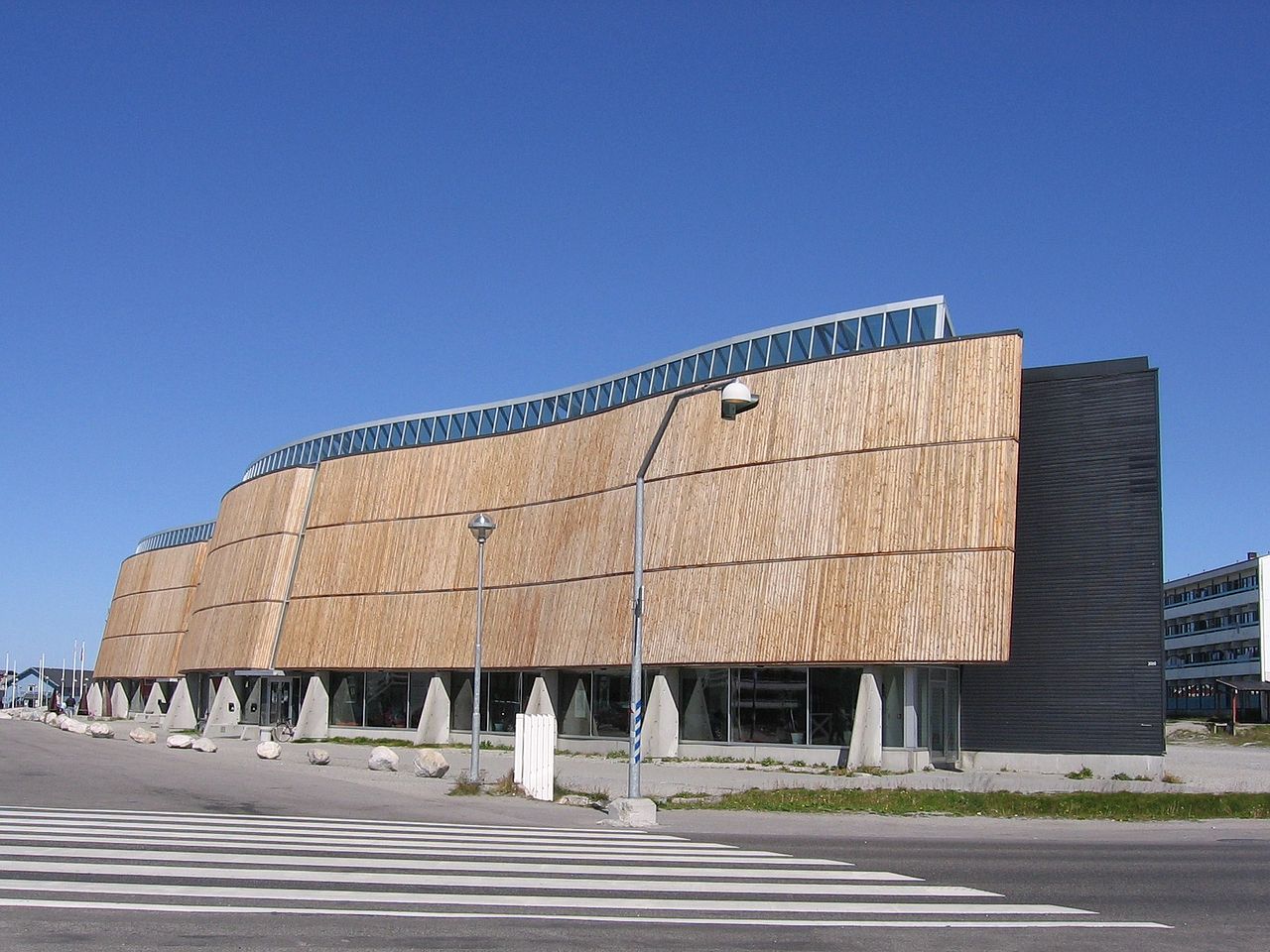Future Greenland 2015 is the fourth in the series of Future Greenland conferences that Greenland Business Association organises every second year. In 2013, the attendance record was set by 450 participants who took part in animated debates and workshops under the conference title "From vision to realisation".
The Greenland Business Association is once again inviting everyone interested in society to participate in an inspiring debate on the goals and direction for the development of Greenland, under the heading "Growth and welfare – scenarios for the development of Greenland".
The objective of the Greenland Business Association with the conference is to more strongly anchor the debate on the development of Greenland in a common understanding that without an enterprising business community, more private companies and greater exports, we cannot create economic growth. Moreover, the necessary economic growth will not come by itself, but will require a series of political reforms to make it possible and attractive to do business. If we fail in this, we will lose the ability to pay for the many and growing demands of citizens on the welfare state, and Greenland's political freedom of action will be restricted, due to a lack of the necessary economic and human resources.
The conference will help to create the headlines for an agenda of economic growth, in a political environment that more often deals with the distribution of welfare than with the question of how the resources for this are to be created.
In addition to strengthening a common recognition that business life is a key driver of economic growth, and that political action is required to promote this, the conference invites a discussion of what can and should be done to create the right conditions for the desired development.
Background and themes:
In recent years, there has been no lack of analyses and reports that have soberly set out the economic and political challenges facing Greenland.
It is now almost four years since the Tax and Welfare Commission published its report, entitled "Our Prosperity and Welfare Requires Action Now" (2009) which identified the key areas for political reform. In its latest report, from 2014, the Economic Council states that reform efforts are still lacking, and that the economic situation is becoming critical.
At the initiative of Ilisimatusarfik /the University of Greenland and the University of Copenhagen, a group of researchers from several knowledge institutions were brought together in the "Committee for the Socially Beneficial Exploitation of Greenland's Natural Resources". The collaboration resulted in the report Til Gavn for Grønland ("To the Benefit of Greenland") (2014), which sought to illustrate some possible scenarios. The report also placed the potential of the mining industry in perspective by attempting to calculate how many large mining projects would be required in order for Greenland to become financially independent of the Danish block grant, solely using minerals as an income foundation.
The report states that the prospects are distant for minerals alone to be capable of financing Greenland's economic independence, and suggests as an alternative the so-called "harp strategy" "...in which Greenland could play on several strings and supplement the work of developing mining projects with other forms of industrial development." The strategy includes:
The development of a comprehensive national strategy for diversified business development, which will also cover collaboration between local and international companies, and in particular, exploitation of the special benefits to be derived from cooperation with Danish companies.
The drawing up of a comprehensive strategy to increase capacity and introduce new skills within the central administration, in business life and in the educational sector.
On the basis of the Future Greenland Conference in 2013, the VL Group in Greenland launched a series of workshops involving the widest possible circle of decision-makers. This dialogue resulted in a report ('Scenarios for the Development of Greenland', 2013), for which the Institute for Futures Studies acted as secretariat. This presented some possible scenarios for Greenland if two growth drivers were combined – skills enhancement and development of the mineral resources sector. The GBA has chosen to make this report a common reference for a variety of presentations on what Greenland should or should not do if we are to avoid falling into the "jaws of death" or other unfortunate scenarios.
Here, the conditions for business growth development will play a central role, particularly the question of the necessary conditions for attracting foreign capital to boost growth:
What should Greenland do internally, in the management of its own economy and business development?
Expectations for exports are focusing right now on fisheries, minerals and tourism: How can we create the right framework conditions to promote investment in these professions?
What can Greenland otherwise sell? How can entrepreneurial spirit be created?
How can Greenland create the best possible alliances with Denmark, the Nordic countries and other countries that will both purchase Greenland's resources and supply the capital or knowledge that Greenland does not itself possess?
What is Greenland's future position in Arctic and international cooperation?
What are the visions of the newly-elected government of Greenland and national parliament, and how can they be translated into concrete political reforms?
For more information please click here,
(Source: Future Greenland)

